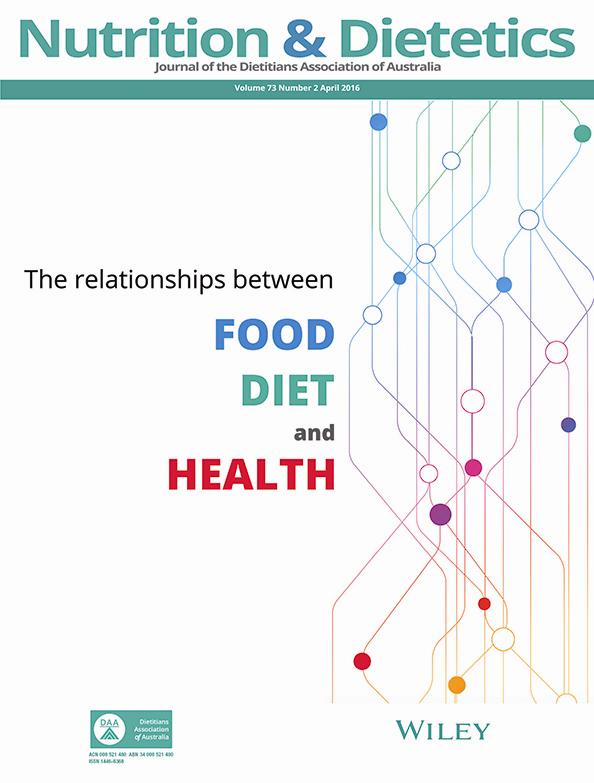Patterns of food consumption and risk of type 2 diabetes in an Iranian population: A nested case–control study
Abstract
Aim
To investigate the association between major dietary patterns and risk of type 2 diabetes mellitus (T2DM) among an Iranian urban population.
Methods
This is a nested case–control study involving 178 cases with T2DM and 520 controls matched for age, gender and the length of follow up who participated in the Tehran Lipid and Glucose Study (TLGS). A validated food frequency questionnaire, of 168 food items, was used to measure dietary intake, and principal component analysis was used to derive dietary pattern scores. Conditional logistic regression analysis was used to examine the association between dietary patterns scores and risk of T2DM.
Results
The mean age of participants was 43.6 ± 12.0 years and 54% were women. Three dietary patterns, which explained 28.15% total variance, were identified: western, healthy and traditional Iranian patterns. Neither the western nor the healthy dietary patterns were significantly related to the risk of T2DM, but a higher score for the traditional dietary pattern (characterised by high intakes of whole grains, legumes, egg and red meat) was found to be associated with an 18% lower risk of T2DM, after adjustment for relevant confounders (odds ratio per 1-SD score 0.82 (95% CI 0.67–0.99)).
Conclusions
Adherence to the traditional dietary pattern may be associated with reduced risk of T2DM in an Iranian population.




